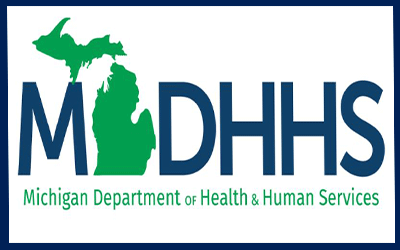Whitmer Declares State of Emergency for Wayne County

FOR IMMEDIATE RELEASE June 26, 2021 Contact: [email protected]
Governor Whitmer Declares State of Emergency for Wayne County Due to Impacts of Heavy Rainfall and Flooding
Lansing, Mich. – Governor Gretchen Whitmer today signed an order declaring a state of emergency in Wayne County to help address threats to public health and safety related to heavy rainfall, which resulted in widespread flooding, power outages, flooded roadways, stranded motorists, flooding of homes, and displaced residents. Further, the National Weather Service forecasts heavy rain and strong winds over the weekend across southern Michigan. Additional counties may be added as needed and conditions change.
“We are continuing to work closely with emergency response coordinators and local leaders across the state to address widespread flooding,” said Governor Whitmer. “The State Emergency Operations Center has been activated to coordinate our state’s response as we rush resources to affected areas, and the state of emergency declaration will help counties access even greater assistance. I want to thank everyone who has been working 24/7 to clear roadways, restore power and communications, provide emergency services, and make sure our neighbors have what they need to get through this storm. We’ve overcome tremendous challenges this year because Michiganders are a tough people who know that we are all in this together.”
By declaring a state of emergency, Whitmer has made available all state resources in cooperation with local response and recovery efforts in the designated area. The declaration authorizes the Michigan State Police, Emergency Management and Homeland Security Division (MSP/EMHSD) to coordinate state efforts above and beyond what MSP/EMHSD has already been doing in conjunction with local agencies.
“Our staff have been working closely with Wayne County officials since the flooding began,” said Capt. Kevin Sweeney, deputy state director of Emergency Management and commander of the MSP/EMHSD. “We will continue to partner with the county and make certain all needs are being met as the community recovers.”
In addition to the emergency declaration, Gov. Whitmer has activated the State Emergency Operations Center (SEOC) today due to flooding and severe weather in Southeast Michigan.
The SEOC was activated as of 11:00 a.m., according to the Michigan State Police, Emergency Management and Homeland Security Division (MSP/EMHSD). SEOC personnel are monitoring the situation and working with state and local officials as well as private sector partners to ensure any resource needs are met. EMHSD district coordinators are on scene with local emergency management officials and supporting local emergency operation centers.
Terms to Know
Preparing for a Flood
During a Flood
Driving in Flood Conditions
Emergency or Disaster Information The public is encouraged to monitor local news media for up-to-date weather reports and emergency information. To learn what to do before, during and after an emergency or disaster, visit us on Twitter at @MichEMHS or www.michigan. |






